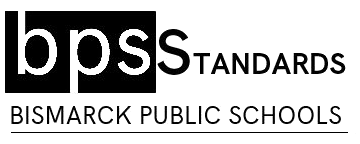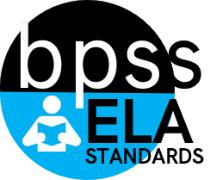Romeo and Juliet Introduction (Book)
Overview
BPS-Standards


Note: click on the highlighted indicators
for a list of the "I can...statements"
ELA (English Language Arts)
(RL) Reading Literature
- ELA-09.RL.03 Analyze how complex characters (e.g., those with multiple or conflicting motivations) develop over the course of a text, interact with other characters, and advance the plot or develop the theme.
- ELA-09.RL.04 Determine the meaning of words and phrases as they are used in the text, including figurative and connotative meanings; analyze the cumulative impact of specific word choices on meaning and tone (e.g., how the language evokes a sense of time and place; how it sets a formal or informal tone).
- ELA-09.RL.09 Analyze how an author draws on and transforms source material in a specific work (e.g., how Shakespeare treats a theme or topic from Ovid or the Bible or how a later author draws on a play by Shakespeare).
- ELA-09.RL.10 By the end of grade 9, read and comprehend literature, including stories, dramas, and poems, in the grades 9–10 text complexity band proficiently, with scaffolding as needed at the high end of the range. By the end of grade 10, read and comprehend literature, including stories, dramas, and poems, at the high end of the grades 9–10 text complexity band independently and proficiently.
(SL) Speaking and Listening
- ELA-09.SL.01 Initiate and participate effectively in a range of collaborative discussions (one-on-one, in groups, and teacher-led) with diverse partners on grades 9–10 topics, texts, and issues, building on others’ ideas and expressing their own clearly and persuasively.
(L) Language
- ELA-09.L.05 Demonstrate understanding of figurative language, word relationships, and nuances in word meanings.
- a. Interpret figures of speech (e.g., euphemism, oxymoron) in context and analyze their role in the text.
- b. Analyze nuances in the meaning of words with similar denotations.
(W) Writing
- ELA-09.W.01 Write arguments to support claims in an analysis of substantive topics or texts, using valid reasoning and relevant and sufficient evidence.
- a. Introduce precise claim(s), distinguish the claim(s) from alternate or opposing claims, and create an organization that establishes clear relationships among claim(s), counterclaims, reasons, and evidence.
- b. Develop claim(s) and counterclaims fairly, supplying evidence for each while pointing out the strengths and limitations of both in a manner that anticipates the audience’s knowledge level and concerns.
- c. Use words, phrases, and clauses to link the major sections of the text, create cohesion, and clarify the relationships between claim(s) and reasons, between reasons and evidence, and between claim(s) and counterclaims.
- d. Establish and maintain a formal style and objective tone while attending to the norms and conventions of the discipline in which they are writing.
- e. Provide a concluding statement or section that follows from and supports the argument presented.